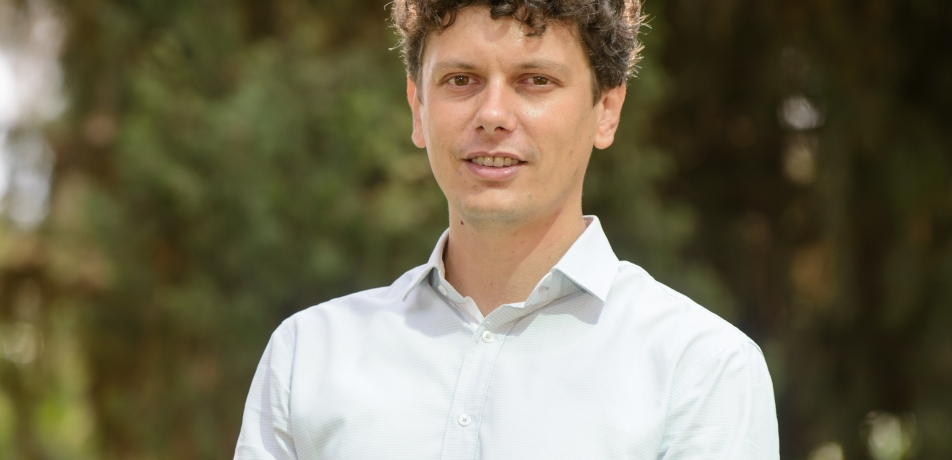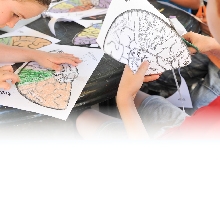An organic solution
Could it be the future of paper and pollutants?
Briefs

Every year in the U.S. alone, more than 71 million tons of paper waste is produced, accounting for 40% of all waste, according to the Environmental Protection Agency.
That’s a lot of energy going into paper production, a lot of money being spent on paper, a whole lot of trees - and for the environmentally conscious among us, an abundance of guilt pangs.
But a new discovery from the lab of Dr. Rafal Klajn of the Weizmann Institute’s Department of Organic Chemistry may make it feasible to type, scribble, and scrawl on a piece of paper - and then make the writing disappear like it never existed.
In results published recently in Nature Chemistry, Dr. Klajn and his lab team described their innovative method for getting nanoparticles to self-assemble on a light-sensitive medium. The medium is comprised of small molecules called spiropyrans; when they absorb light, the molecules transform to a more acidic form. This reaction causes the nanoparticles to aggregate in the dark and disperse in the light. While many so-called photo-responsive molecules exist, what’s unique about spiropyrans is that they react to a range of stimulants, and with no toxic results.
The “paper” that his group uses is actually not paper at all - it is gel soaked with a mixture of nanoparticles and spiropyran molecules. “It behaves like self-erasing paper,” says Dr. Klajn. “But this method could be a good starting point for a host of applications–such as rewritable paper, new methods for removing pollutants from water—because certain nanoparticles could aggregate around contaminants and release them upon demand—and the light-controlled delivery of drugs or other substances.”
Scientists have historically been interested in finding ways for light and magnetic fields to manipulate objects at the nanoscale, and many existing technologies use those methods. In fact, light-responsive behavior of spiropyrans was first discovered in 1952 by two Weizmann Institute scientists, and another Institute faculty member used these molecules in the 1980s to develop a variety of materials including photosensitive coatings for lenses.
Dr. Rafal Klajn’s research is supported by the Abramson Family Center for Young Scientists; the Rothschild Caesarea Foundation; the Mel and Joyce Eisenberg-Keefer Fund for New Scientists; the estate of Olga Klein Astrachan; and the European Research Council.
http://www.weizmann.ac.il/Organic_Chemistry/Rafal

Nanoparticles in a light-sensitive medium scatter in the light (left) and aggregate in the dark (right)








